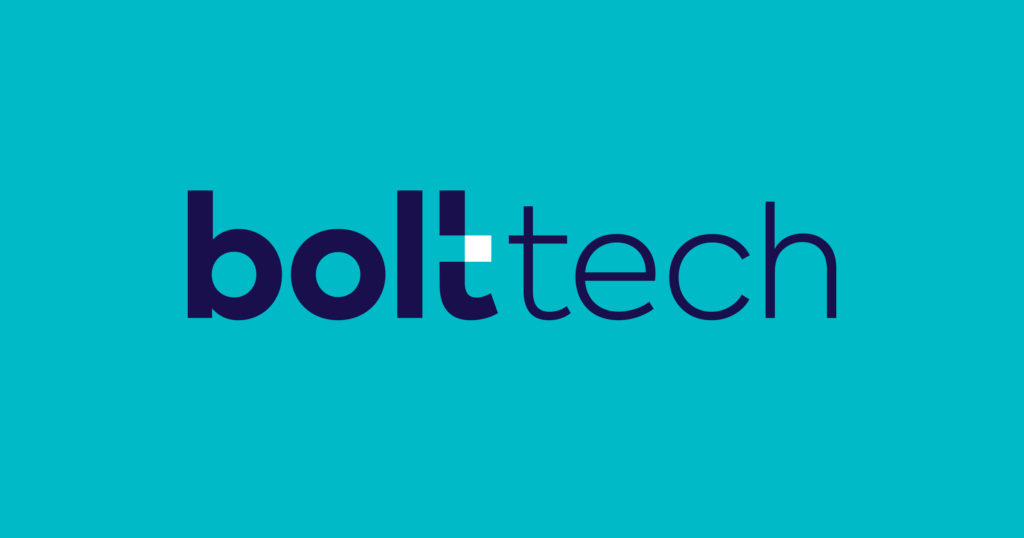Surplus Lines Growth: How Insurance Carriers Can Capitalize on Emerging Market Gaps

We’re facing a hard market for insurance solutions, with plenty of volatility. However, with the right strategy, there are plenty of opportunities to be had. Many admitted carriers are scaling back their coverage in high-risk areas and more complex business lines. That doesn’t mean that the need for protection in those markets has gone. Brokers and consumers alike are scrambling for solutions. Surplus lines growth offers a new path to profitability and market relevance.
As insurance market volatility changes traditional underwriting approaches, many carriers now recognize surplus lines as a strategic opportunity. Surplus lines carriers have a unique ability to step into underserved markets, but many do not know how to scale efficiently or stay ahead of shifting demand. However, it is possible to navigate the non-admitted markets insurance landscape with agility, scalability, and foresight, as we’ll examine below.
Challenges Created by Insurance Market Volatility
The decline in admitted insurance market availability we noted above is accelerating, across both business lines and geographical borders. California, Florida, Louisiana, and Texas have all seen dramatic shifts as standard carriers rethink their exposure to catastrophic perils and liability.
This withdrawal creates critical coverage gaps for millions of insurance customers, leaving their brokers searching for viable alternatives, especially for niche risks and where complex underwriting is needed. Here, the rigidity of admitted filings proves insufficient to address a rapidly evolving landscape. A crisis, yes, but also an opportunity for surplus lines growth, particularly in specialty commercial segments.
However, meeting that growing need is often throttled by operational limitations. Manual quoting processes, slow turnaround times, and complex compliance requirements create friction that limits scalability. In an era where digital efficiency is the key to true competitive advantages, these challenges represent a severe bottleneck to those opportunities.
Fortunately, for carriers targeting surplus lines growth and expansion of their non-admitted markets insurance products, there are solutions.
Hard Market Insurance Solutions That Work
Unlocking niche insurance market opportunities can be tackled with a three-pronged approach:
1. Identify Opportunities in High-Growth, Underserved Risk Categories
Forward-thinking carriers should strategically target segments where speciality insurance expansion opportunities are the greatest.
For example, catastrophe-prone and high-risk property is facing ever-stricter underwriting guidelines, with many admitted carriers exiting the market entirely. Customers are left looking to non-admitted markets insurance to cover the gap. This offers the opportunity to drive that volume into surplus channels, as we’re seeing in dwelling fire and vacant home coverage.
Similarly, Excess and Surplus (E&S) general liability is seeing vertical growth, particularly for contractors and businesses with complex operational profiles. Think of non-standard auto, artisan contractors, and even habitational risks. These typically exceed current market capacity, creating a natural opportunity for surplus lines growth.
By identifying and exploring submission patterns across these underserved categories, carriers can find the opportunity behind them. With the right data-driven approach, carriers can unlock and tap into niche market opportunities they’re well-positioned to serve.
2. Accelerate Growth Through Digital Distribution for Surplus Lines
However, identifying those opportunities smartly and timeously is often an issue for carriers, particularly at scale. By embracing digital distribution strategies for surplus lines, carriers can significantly streamline the submission and quoting process.
Real-time submission insights now allow underwriters to see market patterns and adjust their strategies swiftly. Imagine being able to quote and bind surplus with confidence, without the historical uncertainty that pushed businesses towards admitted markets – even where E&S offers better coverage options.
Digital distribution for surplus lines also lets technology reduce compliance friction. Detection forms, surplus lines tax calculations, and state-specific regulatory requirements can all be automated. Using these hard market insurance solutions makes surplus lines accessible to a broader base, widening the opportunity for quality submissions.
3. Scale Through Workflow Transformation
To make the most of this potential surplus lines growth, carriers need to rethink how their distribution workflows function. Shifting away from fragmented, manual distribution channels towards a single-access digital distribution for surplus lines gives better control and visibility throughout the submission lifecycle.
Building speed, consistency, and underwriting intelligence into the distribution strategy allows carriers to maintain disciplined growth even as submission volumes increase. Meanwhile, platform partnerships like those offered by bolt let carriers activate quickly and with minimal hassle in advantageous underserved markets. All without the need for massive infrastructure investment or building proprietary systems.
This overall shift moves the industry away from disconnected manual processes toward more integrated digital ecosystems, ready to support precise market targeting and underwriting at scale and with speed.
How bolt Helps You With Surplus Lines Growth
As leaders in digital distribution for surplus lines, bolt is here to support you in this shift. We have integrated surplus carriers and built agent-facing workflows to help streamline surplus placement for superior surplus lines growth.
Using the bolt platform significantly reduces rework, automates form fulfillment, and vastly simplifies the E&S quoting journey, helping to prevent customers from defaulting to admitted markets. With real-time intelligence and data-driven insight, bolt helps carriers identify underserved segments and align their product offerings correctly with distribution demand. With access to bolt’s partner network, carriers can execute go-to hard market insurance solutions rapidly – without the costs and delays usually inherent in implementing new technologies.
The results speak for themselves. One prominent personal lines broker enjoyed 113% premium growth partnering with bolt, and they’re not alone. If you’re looking for specialty insurance expansion that’s both simple to deploy and immensely effective, a partnership with bolt may be the key to your surplus lines growth.
How Carriers Can Scale Surplus Lines Distribution: Takeaways
Amplifying your non-admitted markets insurance offerings is critical to offset insurance market volatility. It’s also reasonably simple to do, with a strategic approach:
- Surplus lines are no longer a niche market. They’re now growth-critical as insurance market volatility changes traditional markets forever. Specialty insurance expansion is an under-tapped market waiting for the right carrier to take the initiative and commit to E&S excellence as a strategy.
- However, a data-driven approach to identifying underserved risks and regions is essential to ensure resources are focused where market needs align with the carrier’s underwriting expertise.
- Don’t let manual processes limit the scale of your surplus lines growth, either. Digital distribution for surplus lines lets you fully capture the value of non-admitted markets insurance opportunities.
- Nor do you have to undertake digital transformation alone. By partnering with technology enablers like bolt to accelerate your surplus lines growth and non-admitted markets insurance efficiently and intelligently, you can skip the hefty infrastructure investment and still unlock the opportunities you need to counteract insurance market volatility.
The Future of Surplus Lines Growth: The bolt Difference
Surplus lines aren’t just plugging gaps left by the present hard insurance market. They’re a frontline for growth and innovation. Growing surplus lines business through digital platforms simply needs the right strategy and technology-forward partners like bolt to help. With these in place, carriers can do more than meet demand – they can drive it, and be ready to respond as customers’ needs evolve.
If you’re looking to grow your surplus business faster and smarter, let’s talk about how bolt can help you expand distribution, streamline placement, and unlock underserved markets for successful surplus lines growth.
Further Reading
Featured
 18 June 2024
18 June 2024
 15 August 2024
15 August 2024
 1 July 2024
1 July 2024
